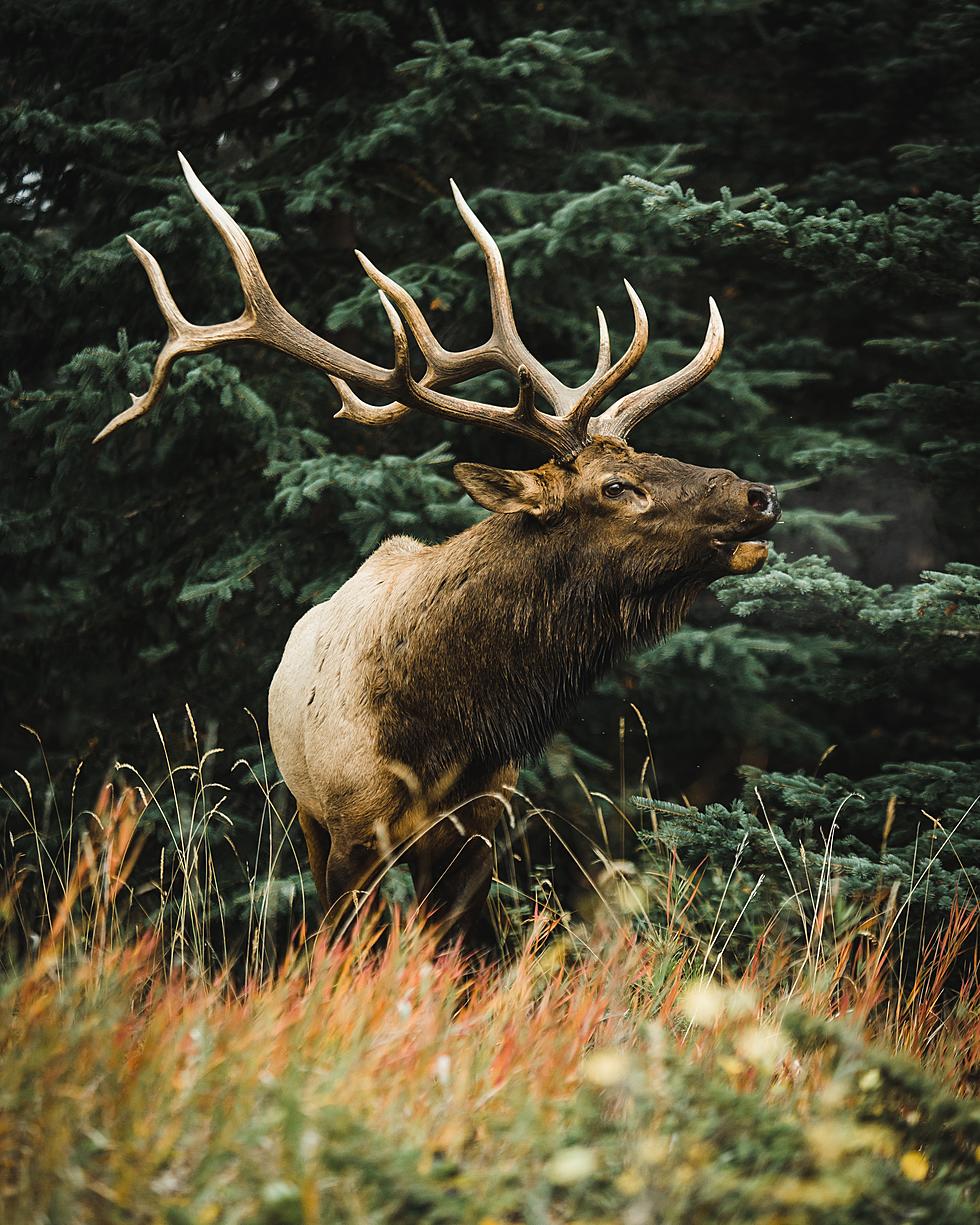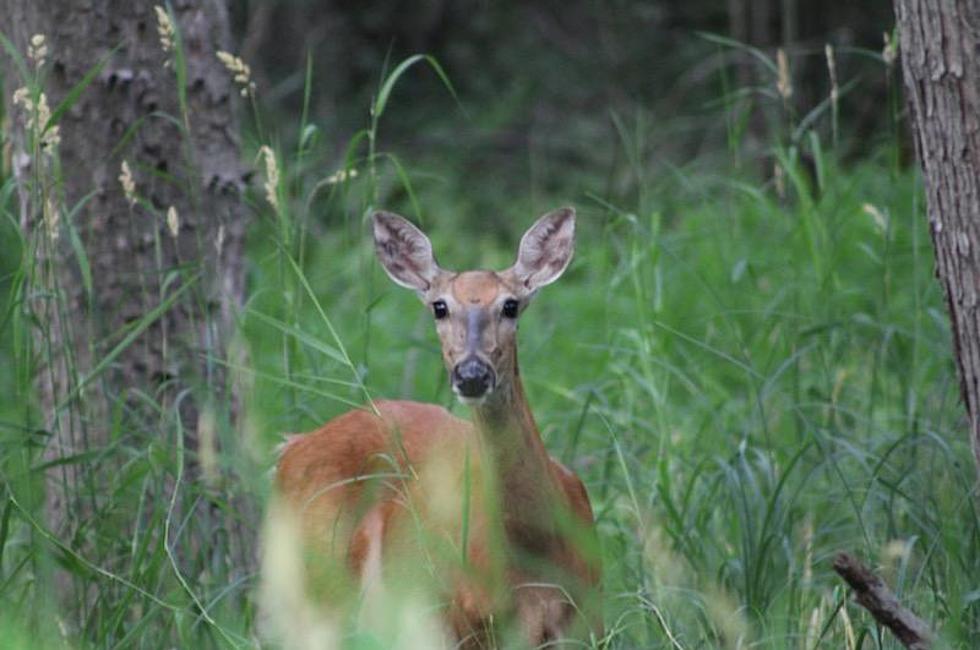
Outsmarting the Wary Snow Goose
My very first snow goose hunt took place 30 years ago in New Mexico near the Elephant Butte impoundment on the Rio Grande River. My brother and I set up three hundred homemade decoys on a flyway thousands of birds used daily as they moved off of the water and flew out to feed.
It was pretty impressive watching these high flying geese maple leaf their way down to the spread until they were in gun range. We certainly didn’t run out of shells, but if the birds were moving, we were busy.
Since that time, snow goose hunting has changed. The change probably started with the Conservation Oder that came in 1999. It was at this time that environmentalists realized the snow goose population had exploded to the point that their grubbing style of eating was destroying their nesting habitat near Hudson Bay at an alarming rate.
Since the start of liberalized spring hunting, snow geese have been on the minds of many hunters. In the early years of the spring hunt, stories about parties shooting a hundred birds a day were common. That is not the case anymore.
It isn’t that it is impossible to harvest that many geese in one day, it is the fact that snow geese have gotten much more difficult to fool. Even with the advancements of electronic calls, rotary decoy arms and enormous spreads, snow geese continue to grow their population and avoid shotguns.
There are several reasons for this starting with the fact snow geese are hunted relentlessly for seven to eight months of the year. This type of pressure creates an incredible shyness towards decoys or anything that looks remotely suspicious.
In addition to that, snow geese have uncanny eyesight. They look at their world through binocular strength eyeballs. When you put those wary eyes into huge flocks with hundreds of birds, all it takes is one bird to see something it doesn’t like to get busted.
To put it plain and simple, hunters need to become more sophisticated in order to consistently be successful at bringing migrating geese into gun range. It starts with concealment.
Originally, a basic layout blind was all that was needed. If you kept your face covered and didn’t move, you shot birds.
Today, layout blinds need to be totally covered with killer weed or raffia grass in order to be in the game. At times, the high profile blinds with their rectangular shape won’t work even when well covered. Geese have learned to recognize the geometric shape from the air and avoid it.
Hunters are switching to ghillie suits and layout chairs instead of blinds. Some are finding white camo on a layout chair is better than a standard blind. Putting shell decoys on your belly and legs will also help break up the hunter outline.
Spreads need to be impressive. Decoys need to look good and offer plenty of movement. If the wind isn’t blowing, rotaries become necessary to bring the birds into the shooting zone.
The size of the spread makes a difference. One goose hunter I know puts out 2,000 decoys. He claims he is able to get the attention of the big flocks that bypass smaller, less impressive spreads. He admits big spreads are a lot of work, but are essential for success.
Few hunters are able to commit the dollars necessary to do a big spread. For that reason, working with an outfitter is often necessary.
Hunting the spring migration is definitely a thrill. However, it can also be a source of frustration if attention to detail is not a commitment. Excellent concealment, quality decoys and the latest in electronic callers and rotaries will help hunters outsmart these remarkable birds.
More From 103.7 The Loon




![My First Time Hunting as a Kid My Dad’s Pants Caught on Fire [Storytime]](http://townsquare.media/site/65/files/2020/10/7.-Trail-and-drag-others-deer-as-you-would-trail-drag-your-own.jpg?w=980&q=75)
![My First Time Hunting as a Kid My Dad’s Pants Caught on Fire [Storytime]](http://townsquare.media/site/65/files/2020/10/7.-Trail-and-drag-others-deer-as-you-would-trail-drag-your-own.jpg?w=980&q=75)



